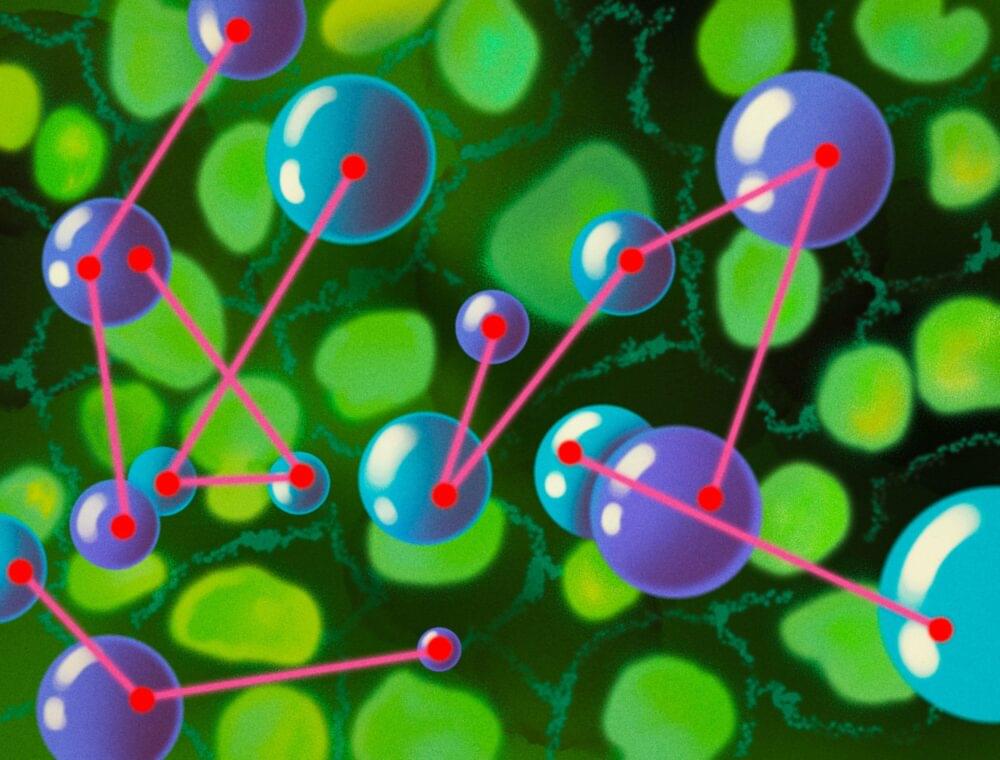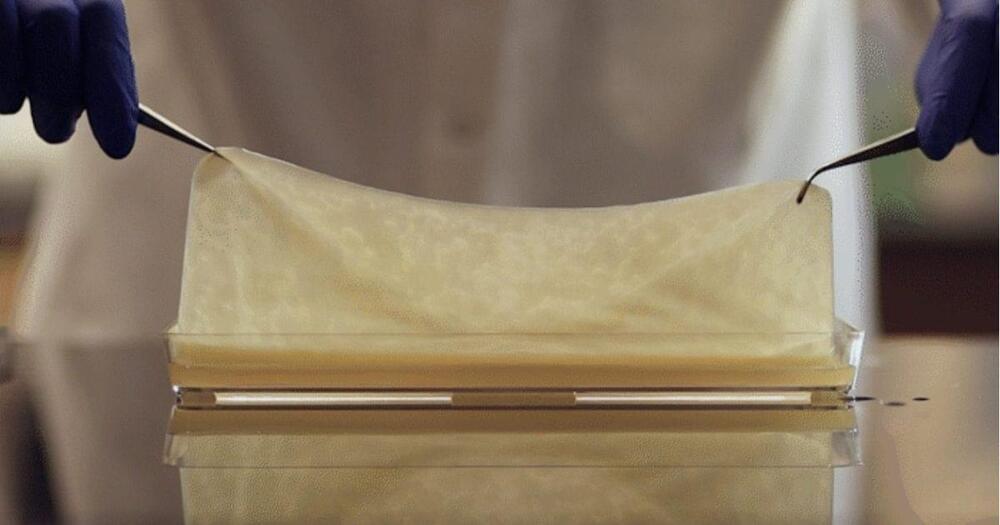Dan Buettner has spent 20 years traveling the world and studying the longest-living people. Based on his interviews and research, people who live to 100 or longer follow these non-negotiable rules.


A research group has made new insights into how locomotion occurs in bacteria. The group identified the FliG molecule in the flagellar layer, the ‘motor’ of bacteria, and revealed its role in the organism. These findings suggest ways in which future engineers could build nanomachines with full control over their movements.
The researchers, who were led by Professor Emeritus Michio Homma and Professor Seiji Kojima of the Graduate School of Science at Nagoya University, in collaboration with Osaka University and Nagahama Institute of Bio-Science and Technology, published the study in iScience.

If humans intend to conquer the stars and spread civilization beyond Earth, we really need to figure out sex: can humans conceive and have babies in places such as Mars, where factors like high amounts of radiation and lower gravity could wreck the adult body, nevermind potentially hindering natural conception and deforming growing fetuses?
A growing number of researchers and entrepreneurs want to tackle those questions. Take this startup called Spaceborn United, which we’ve blogged about previously.
The company is still hard at work, according to new reporting from AFP, with the aim of having a baby naturally conceived and born on Mars in the future.

In the few seconds it will take you to read this sentence, your sense of time may expand and contract, and your perception of the world could shift in ways you wouldn’t notice.
These subtle effects on the brain are imperceptible, ethereal tugs from the heart beating away inside your chest which, according to a new study, boosts motor function in short bursts too.
Neuroscientist Esra Al of the Max Planck Institute for Human Cognitive and Brain Sciences in Germany has been studying the heart’s influence on the brain for several years, building upon decades-old research and recent studies with more robust methods.


Combining AI with traditional wet lab work creates a virtuous circle from lab to data and back to the lab.
AI, with the right data, can span all of these scales and make sense of the data we collect on all of them. It’s poised to accelerate basic science, the business of biotechs, the behemoth pharmaceutical companies, and the broader bioeconomy.

Watch as an expert discusses the link between obesity and cancer, and.
CHAPTERS
00:00 — Does Obesity Cause Cancer?
0:31 — Is Obesity the New Smoking?
1:30 — BMI and Cancer Risk.
1:58 — Obesity and Cancer Risk.

Computers, cars, mobile phones, toasters: countless everyday objects contain microchips. They’re tiny, unremarkable and cheap, but since the outbreak of the coronavirus pandemic, they’ve been at the center of a political and industrial tug of war.
Against the backdrop of the trade war between China and the US, “The Microchip War” spotlights all the aspects of this conflict. In the film, the world’s most influential actors in this industrial sector weigh in.
No one is in any doubt that microprocessors are as strategically important as oil. The battle over microchips could potentially redefine the geopolitical world order. In the United States and Europe, fears over a microprocessor shortage have led to a flood of investment pledges. After ceding microchip production to Asia in the 1990s, market leaders in the West are now trying to bring production back home and thereby regain control of the production chain.
This resulted in the adoption of new legislation in 2022: the European Chips Act initiated by the EU Commission under Ursula von der Leyen and — in response to this — the American “Chip and Science Act” initiated by Joe Biden. China, the US, Europe: major global powers fighting over tiny microchips. Pandemic and resource scarcity have fueled the desire for industrial reconquest and economic superiority.
But is this reindustrialization actually possible? Can the West challenge the foundations of globalization in this way?
#documentary #dwdocumentary #usa #europe #asia.